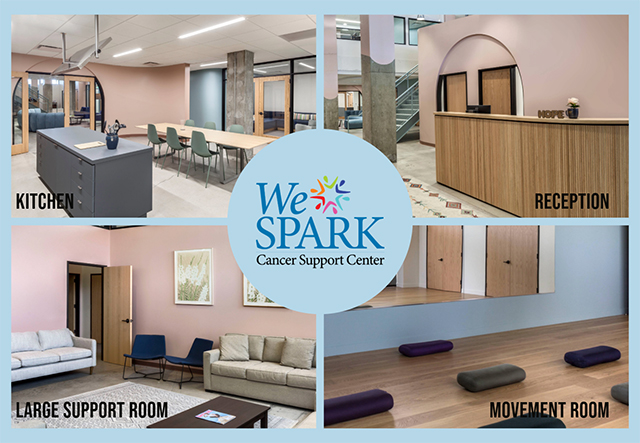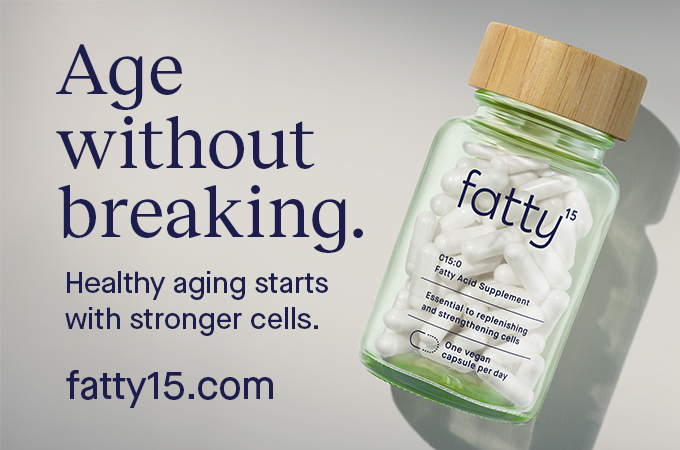Top 10 Most Hazardous Chemicals in the Workplace
Types of Hazardous Materials and How to Stay Safe
Over 400 million tons of hazardous waste are produced every year, with the majority of those coming from industrial worksites such as fabric manufacturers, pesticide production, and electroplating operations.
And because so many job sites are the source of these materials, a countless number of employees are exposed to extremely hazardous substances every day. Below is a list of 10 of the most hazardous chemicals found in the workplace and their associated health risks.
10 Hazardous Chemicals You Might Encounter on the Job
1. Arsenic
Physical state: Solid
Where it’s found in the workplace: Agriculture, wood preservatives, glass production, electronics.
Health risks: Cancer, respiratory and circulatory problems, damage to the nervous system.
2. Lead
Physical state: Solid
Where it’s found in the workplace: Often found near mining sites as well as in-car batteries, roofing materials, statues, electronics, ammunition, sailboats, and scuba diving gear.
Health risks: Anemia, brain damage, kidney disease, birth defects.
3. Benzene
Physical state: Liquid
Where it’s found in the workplace: Crude oil and gas. Benzene is also used to make plastics, detergents, pesticides, and other chemicals. Benzene is produced naturally by volcanoes and forest fires.
Health risks: Bone marrow damage, anemia, excessive bleeding, weakened immune system.
4. Chromium
Physical state: Solid
Where it’s found in the workplace: Chromium is often mixed with other metals to make alloys and stainless steel. Chromium is also used as a coating to prevent rust on metallic surfaces.
Health risks: Asthma, respiratory irritation, cancer, damage to the eyes, eardrums, kidneys, and liver.
5. Toluene
Physical state: Liquid
Where it’s found in the workplace: Paint thinners, nail polish removers, glues, correction fluids (White-Out), explosives, printing, leather tanning, inks, stain removers.
Health risks: Dizziness and confusion, anxiety, muscle fatigue, insomnia, numbness, dermatitis, liver and kidney damage.
6. Cadmium
Physical state: Solid
Where it’s found in the workplace: Rechargeable batteries, coatings, solar cells, pigments, plastic stabilizers, plating.
Health risks: Flu-like symptoms, lung and respiratory damage, kidney disease, bone disease, cancer, damage to the neurological, reproductive, and gastrointestinal systems.
7. Zinc
Physical state: Solid
Where it’s found in the workplace: Pipe organs, auto parts, sensing devices, sunblock, ointments, concrete, paint. Also used to form alloys with other types of metals.
Health risks: Nausea, vomiting, cramps, diarrhea, headaches, kidney, and stomach problems.
8. Mercury
Physical state: Liquid
Where it’s found in the workplace: Measuring instruments such as thermometers and barometers, fluorescent lamps, mercury vapor lamps, dental fillings, telescopes, cosmetics, vaccines.
Health risks: Damage to the nervous system, digestive system, immune system, lungs, thyroid, kidneys, memory loss, insomnia, tremors, neuromuscular changes, and paralysis.
9. Pesticides
Physical state: Liquid, solid, gas
Where it’s found in the workplace: While not a chemical in itself, many workplaces such as agriculture and pesticide production plants contain a presence of pesticides that are used for pest control.
Health risks: Blindness, rashes, blisters, nausea, diarrhea, respiratory problems, cancer, asthma, seizures, Parkinson’s disease.-
10. E-Waste
Physical state: Liquid, solid, gas
Where it’s found in the workplace: Like pesticides, electronic waste is not a chemical in itself but rather a collection of harmful chemicals found in and around disposed appliances such as televisions, refrigerators, microwaves, computers, and other household appliances.
Health risks: Inflammation, oxidative stress, cardiovascular disease, DNA damage, kidney damage, damage to the nervous system, cancer.
Click here to continue reading about how to stay safe from workplace chemicals























